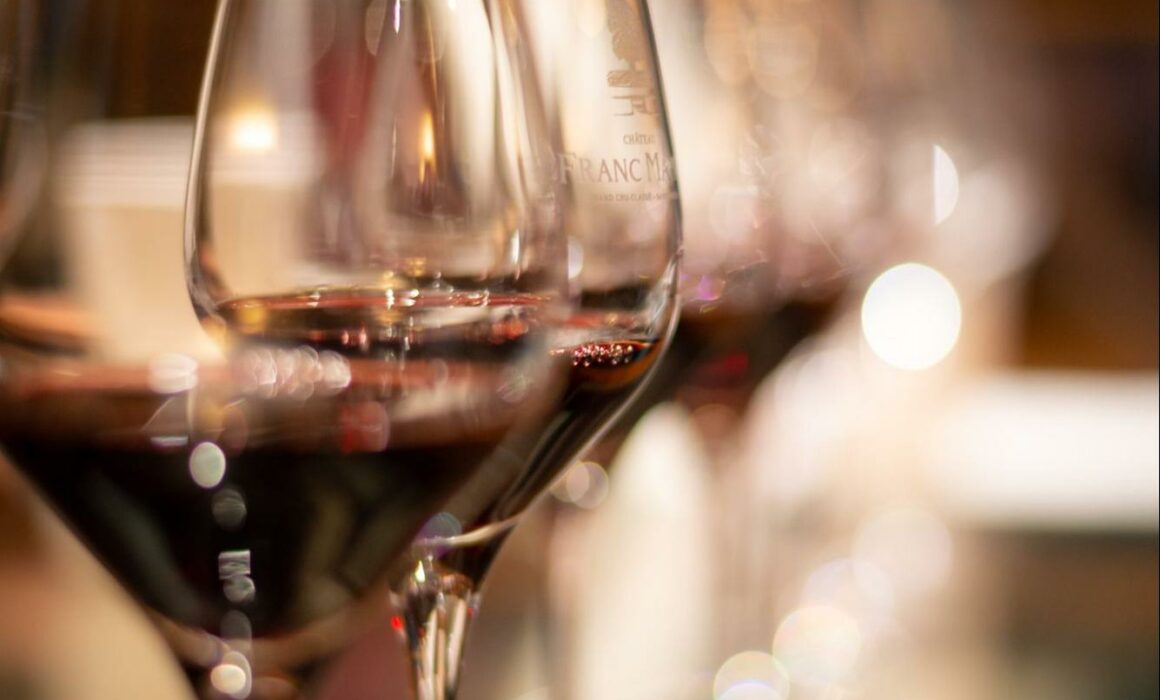5 red wine styles for beginners to try
If you are a novice wine lover, you might have already experienced a hard time deciding what type of wine to try. With so many wines to choose from at the grocery store, online or local wine shop, it can be daunting to know where to start. So why not begin your wine-tasting journey with the varieties recognized by wine lovers worldwide?
Today, we will guide you through the 5 red wine styles for beginners to try. But before diving deeper into the specific styles, let’s start with the basics of wine classification.

Photo by Tim L. Productions on Unsplash
Understanding wine classification
The typical wine classification criteria are color, grape variety, alcohol, sugar, and carbon dioxide.
Wine classification by color
Color is the first thing people pay attention to when choosing a wine. Dividing wines into three major categories — red, white, and Rosé wine — is the most common way to classify them.
Wines of ruby, violet, inky, pale scarlet, brick, and other shades of red, from light to dark, fall into the category of red wines. Red wine colors are influenced by a variety of factors. They acquire their dark hues from the skin and pulp of berries during fermentation and aging. Unlike white wines, red ones undergo the fermentation process together with the skin of the grapes. Fermentation involves a higher temperature, which makes it possible to extract more pigments, tannins, and aromatic substances from the skin and pulp. Popular grape varieties used in red wine production are Cabernet Sauvignon, Merlot, Pinot Noir, Malbec, Shiraz, and Zinfandel are popular grape varieties used in red wine production.
As for white wines, it is possible to produce them not only from white but sometimes from dark grapes. Unlike in red wine production, grape juice has no contact with the skin and pulp during fermentation. As mentioned above, the skin and pulp contain the wine color pigments. The most popular white wines are Chardonnay, Sauvignon Blanc, Muscat, Riesling, and Pinot Grigio are the most popular white wines.
Rosé wines get their beautiful shade from quick contact with the skin of dark grapes. Fermentation of such wines usually lasts no more than 12-36 hours. In most cases in Europe, mixing white and red wine to obtain a still Rosé is unacceptable, but this technology applies to sparkling wine production. As a result, rosé wines can be dry and sweet, and their taste varies depending on the production method, the fermentation length, and the grape variety. Rosé wines often enter the market young, without aging, so their shared characteristics are fresh, rich, fruity, and have zero signs of oxidation.
By grape variety
Based on the grape variety, there are two large wine categories — single-varietal wines made from grapes of one sort and blended wines made from grapes of two or more types. The most popular grape varieties used for the production of varietal wines include:
- CA Chardonnay — one of the most widespread white grape varieties in the world that has high adaptability to a wide variety of climates, cultivated in both colder Burgundy and sunny Argentina
- Cabernet Sauvignon — a red grape variety with rich taste and aroma, high acidity and tannins, as well as excellent storage potential, produced in Napa Valley, California
- Merlot — a red grape variety that produces velvety, soft wines with pronounced aromas of plums, dark cherries, and coffee, produced in Napa Valley, California
- Sauvignon Blanc — an aromatic white wine variety that produces excellent young wines with high acidity and fresh aromas of apples and citrus fruits, and sometimes gooseberries and asparagus, with the best varieties growing in the warmer regions of California

Photo by Christian Bowen on Unsplash
Wine classification by alcohol content
The global standard of measurement for alcohol content is alcohol by volume or ABV. Therefore, high ABV levels indicate high-alcohol wines.
Low-alcohol wines like Asti, Brachetto d’Acqui, Gamay, German Riesling, and Muscadet have an ABV of 12.5% and less. Medium-alcohol wines like Beaujolais, Bordeaux, Bourgogne, Champagne, Chardonnay, and Pinot Noir have ABV levels of 12.5%-14%. High-alcohol wines, including California Shiraz and California Cabernet Sauvignon, have 14.5% and higher ABV levels.
The natural alcohol content of wine depends on the amount of sugar in the grape juice at the start of fermentation and the ability of the yeast to process this sugar into alcohol. More mature berries have more sugars, which contributes to higher ABV levels. As a result, wine varieties from hot areas tend to be stronger than wines from cooler terroirs.
By sugar content
Measured in grams per liter (g/L), the sugar content is actually what remains in the wine after grapes have gone through the fermentation process. Let’s look through the sugar content in different types of red wines:
- Bone dry wines like Cabernet Sauvignon, Chianti, Nebbiolo, and Tempranillo have less than 2 g/L of residual sugar
- Dry wines like Merlot, Pinot Noir, Sangiovese, and Shiraz contain about 10 g/L of residual sugar
- Off-dry wines like Malbec, Grenache, and Zinfandel have 10-35 g/L of residual sugar
- Sweet wines like Beaujolais Nouveau, Brachetto D’acqui, and Rosso Dolce have a mass concentration of sugars of 35-120 g/L
- Very sweet or dessert wines like Ruby Port, Tawny Port, and Vin Santo Rosso have a mass concentration of sugars over 120 g/L
By carbon dioxide content
Based on carbon dioxide content, there are two categories of wine — still and sparkling.
Still, wines do not contain carbon dioxide in most cases. The exception is the “green” wines of Vinho Verde, which may include a small amount of carbon dioxide either created naturally from malolactic fermentation continuing in the bottle or added artificially before bottling the wine.
Sparkling wines with bubbles of carbon dioxide include:
- Wines are made by the traditional Champagne Method with secondary fermentation in the bottle
- Wines are produced in other ways, for example, by the Charmat or Asti method, i.e., by adding carbon dioxide to the finished wine
The sub-category of sparkling wines is semi-sparkling wines, such as Italian Frisante wines, which have less pressure in the bottle than other sparkling wines (1-2 bar versus 3 bar for spumante or French champagne wines).

Photo by Lukáš Kulla on Unsplash
5 styles of best red wine for beginners
A basic understanding of the leading wine classifications will guide you through all the variety of wine types available today. In addition to the classifications we reviewed above, there are certain wine styles. The style of wine combines many variables, such as color, flavor, and strength.
Now, we will share the five red wine styles you will love as a beginner wine enthusiast.
Light-bodied red wine
Light-bodied red wines are usually light red, and you can still see through them in a glass. They have velvety tannins, similar to the taste of strong tea. So there is always a good demand for light red wines.
The classic representative of light-bodied red wines is Pinot Noir. However, Gamay Noir is another variety that certainly deserves your attention.
Medium-bodied red wine
Medium-bodied red wines are the largest group of wines. Food-friendly wines accompany a meal, be it salads, appetizers, poultry, pasta, or meat. Wine lovers also call this style “mid-week wines” for their primary use.
The choice of wines in this category is so large that it seems endless. However, the varieties worth trying are wines from Carignan, Merlot, Cabernet Franc, Barbera, and Sangiovese (Chianti, Montepulciano, and Primitivo).
Full-bodied red wine
The wines of this group have a dark red, sometimes almost black, color. Full-bodied wines tend to have more tannins and more alcohol content. They have aromas of dark fruits and berries such as blackcurrants or blackberries. Rich red wines food pairings work best when combined with food with the same bold taste.
The varieties of this style that are worth trying are Syrah (or Shiraz), Cabernet Sauvignon, Malbec, and Pinotage.

Photo by alevision.co on Unsplash
Dessert wine
As mentioned above, dessert wines have a sugar concentration of over 120 grams per liter when talking about wine classifications.
Wine producers harvest dessert grapes when they reach their maximum ripeness and sweetness. During the winemaking process, producers infuse and heat the wine to enrich its taste and aroma. These sweet red wines feature fruity and honey notes, a deep velvety aroma, and a delicate chocolate aftertaste. Dessert wines can be dry, sweet, aromatic, or fortified with alcohol.
The varieties to try are Port — a fortified wine from Portugal, and Vin Santo Rosso — a sweet wine from Italy.
Spicy wine
Red spicy wines have noticeable notes of spices in their taste or aroma. The 3 main groups of aromas of wines of this style are woody (spices, chocolate, wood), fruity (wild berries), and animal (tanned leather).
Although spicy wines have been gaining popularity recently, their plantings are much smaller than fruity and dense red wines. Grapes for spicy wines grow in California and Washington state.
The main variety of spicy wines is Syrah or Shiraz. The first name is spread in France primarily, and the second worldwide. However, in recent years, Shiraz has gained much popularity among Californian winemakers.
Carménère is another variety that makes spicy wines. This wine has an exciting aftertaste with hints of coffee, black pepper spice, and tobacco.
Tips for beginner red wine lovers
Now you know how to classify wines and have some basic guidelines on what red wine styles are worth trying. To help you succeed in your wine-tasting journey, we’ve gathered several tips for beginner wine lovers to follow. So let’s get right into them!
Taste consciously
When tasting wines, try to distinguish between flavors and aromas. Evaluate the color of the wine, its depth, and purity. Remember, the color can tell a lot about grapes used in wine production, whether young or aged or has undergone oxidation.
Feel the regional differences
Once you start seeing the difference between grape varieties, start trying one variety from different regions. Over time, you will notice that, for example, a Cabernet Sauvignon from California is more fruit-forward than wines made from Old World wine-growing regions.
Don’t focus on your personal preferences
When tasting wines, don’t focus on components you don’t like (say, high acidity or powerful tannins). Instead, pay attention to the nature of this or that component and how it integrates into the bouquet of the wine. For example, a wine may be rich in silky tannins that complement its full-bodied aroma or have low levels of harsh, dry, and under-ripe tannins. The wine is of good quality in the first case, while its quality is most likely mediocre or even low in the second case.
Wrapping up
Sorting out the variety of available options is challenging for a novice wine lover. Chances are you’ll try many types of wine before you identify your personal preferences. To help you get started, we’ve gathered the best styles of wine for beginners to try and shared them in this article.
As you immerse yourself in the world of fine wine and train your taste buds, you gradually develop your personal wine style preferences. Perhaps, someday, you will even build your red wine collection.


